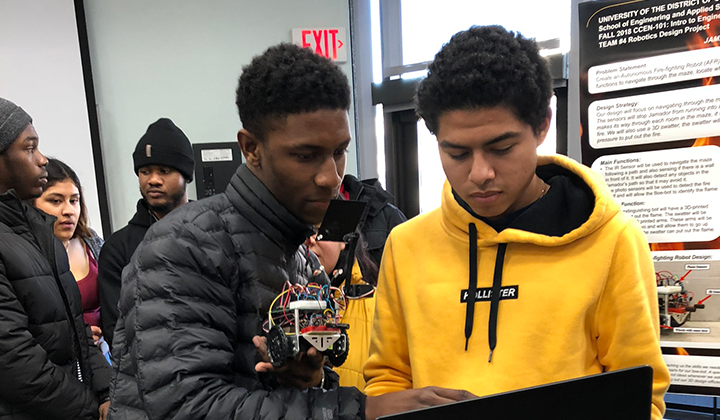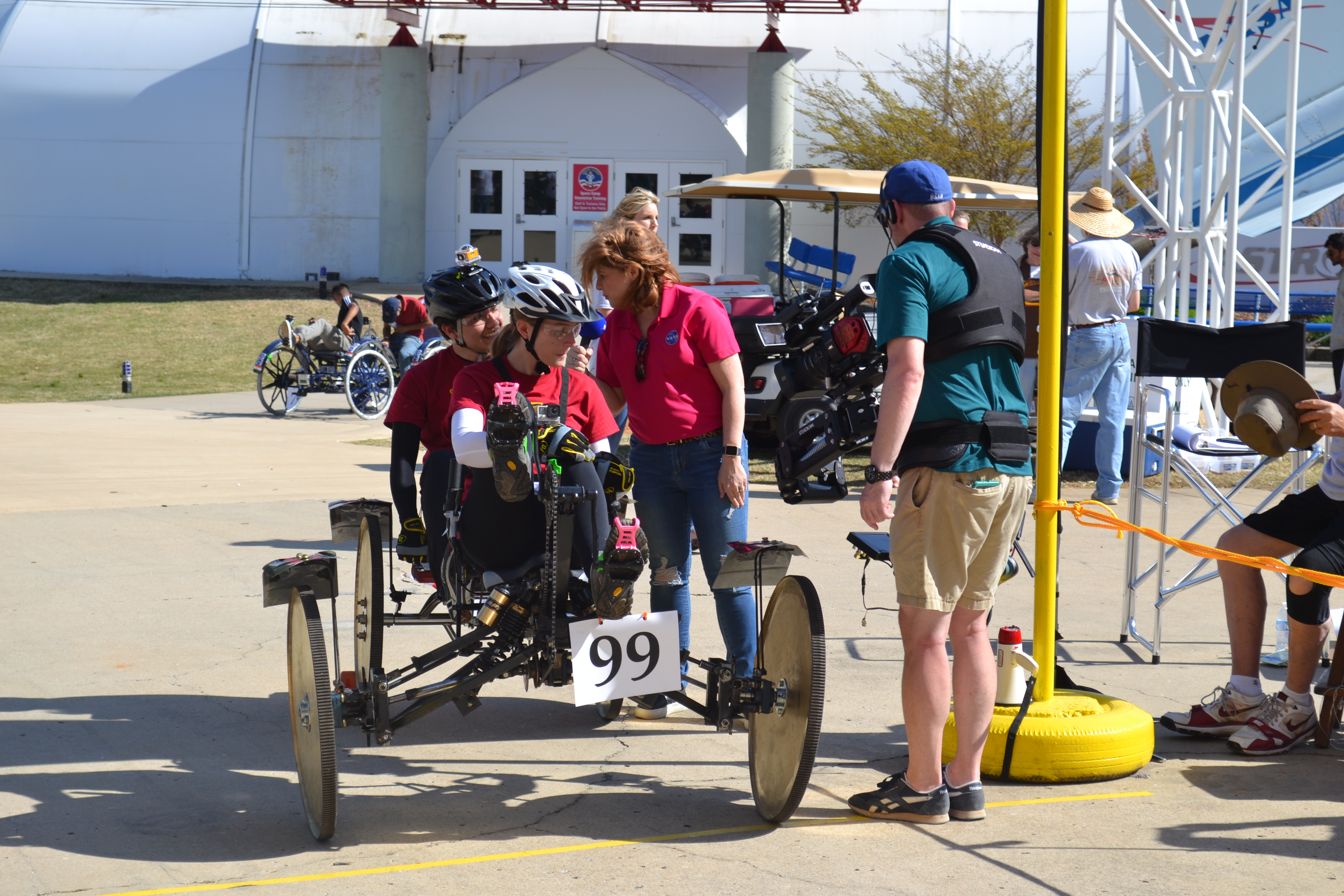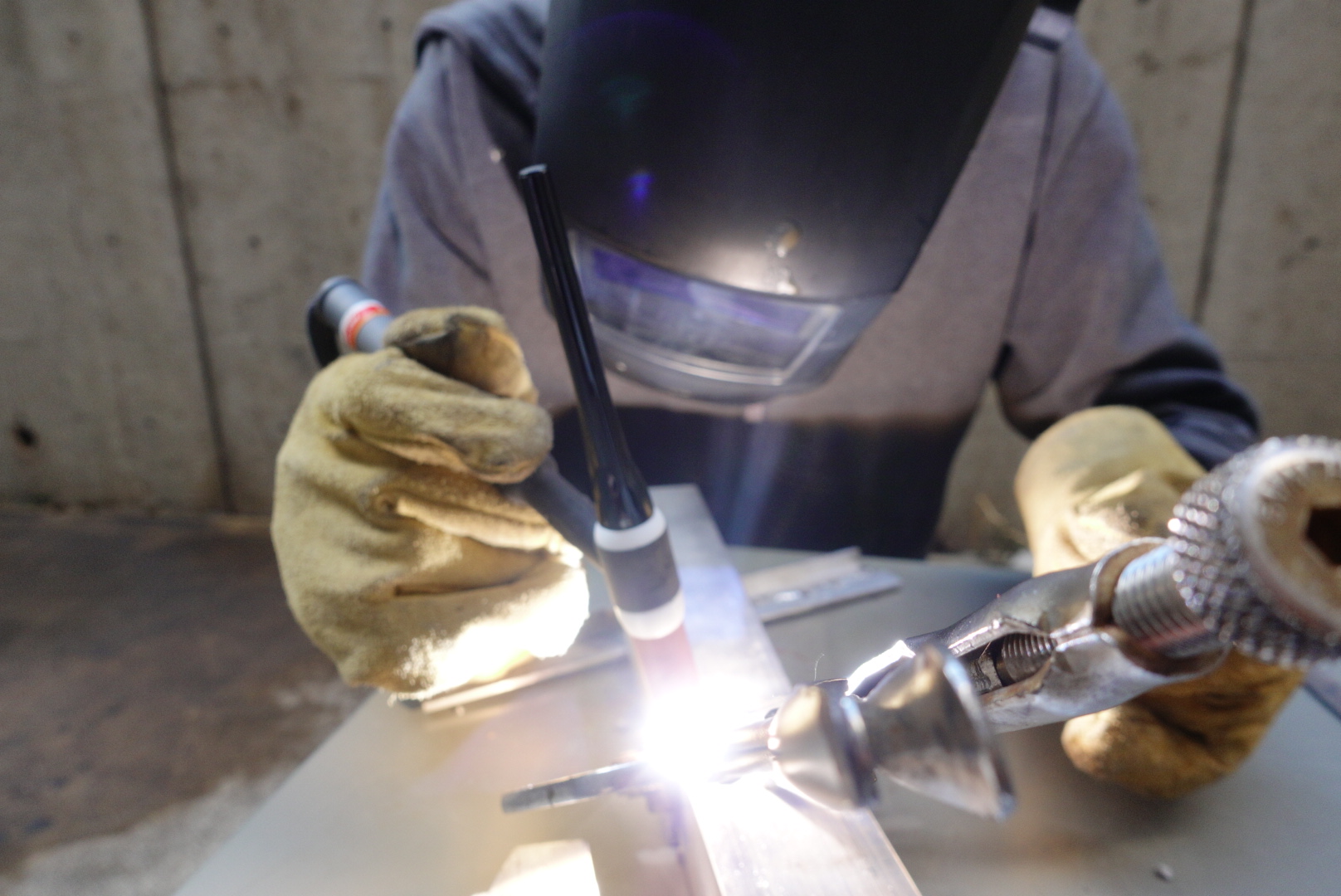Senior Capstone Project Presentation – April 2020
| Electrical and Computer Engineering | |
| Project Title | Microcontroller Radar Station Utilizing Software Defined Radio (SDR) |
| Name of Student(s) | Keenan Leatham |
| Name of Advisor(s) | Dr. Esther T. Ososanya |
| External Sponsors | NSF/HBCU-UP grant 1622811 UDC STEM Center |
| Project Abstract | SDR – Software Defined Radio, a system in which the components are implemented in software, instead of the traditional way of hardware implementation. It consists of an RF front-end followed by an analog- to- digital converter, which provides sample signals to a host computer. Transmission Control Protocol (TCP) platforms are utilized to access the host computer, Khadas VIM Series III, and Raspberry Pi. This project consists of creating radar stations in order to track airplanes and do real time signal processing. These radar stations can be accessed remotely at any time without being physically present. Also, microcontrollers are cascaded to create a supercomputer to improve the performance of different simulations. Experiments were conducted utilizing a military grade antenna or metal antenna to transmit and receive signals, which was successful. This research experiment using a host computer, Khadas VIM Series III, and multiple Raspberry-Pis can be utilized to make big bulky systems more compact. |
| Project Title | Smart Electric Motorcycle Conversion: Designing an E-Motorcycle Conversion Kit |
| Name of Student(s) | Victor Ramos, Cyree Beckett, Ivan Torres |
| Name of Advisor(s) | Drs. Esther Ososanya, Sasan Haghani |
| External Sponsors | NSF TIP grant ID#: HRD1435947 |
| Project Abstract | Electric Vehicle demand is increasing worldwide and to increase the drive we are designing a system to convert a conventional motorcycle into an electric vehicle. Washington D.C. is a perfect city for people to utilize alternate modes of transportation. We already have electric scooters, electric bicycles, and even electric mopeds all available to be bought or rented for temporary use. The market has introduced electric motorcycles; however, our goal is to add to the market by introducing the EVonda, our road legal conversion of a Honda CB550F motorcycle with a direct current, 48V drive train paired with a 100Ah battery designed to be efficient, light, and reliable. Three crucial aspects to achieve a perfect cruising experience in the District with an 80 mile range!
|
| Project Title | Wireless Power Transfer (WPT) |
| Name of Student(s) | Noor Alawadh and Kalu Haile |
| Name of Advisor(s) | Drs. Esther T. Ososanya and Sasan Haghani |
| External Sponsors | NSF TIP grant ID#: HRD1435947 |
| Project Abstract | Wireless power transfer (WPT) is one of the hottest topics being actively studied, and it is being widely commercialized. In particular, there has been a rapid expansion of WPT in mobile phone chargers, stationary charging electric vehicles (EVs), and dynamic charging EVs, also called road-powered EVs (RPEVs). It is expected that WPT industry will grow persistently in the coming decades. The technique of wireless power transfer has attained increasing popularity in recent years. The technology of transmitting power without using wires i.e. Transmitting power in the air gap is very interesting, especially where the interconnecting wires are inconvenient or even difficult to handle. This project presents the design and implementation of a wireless power transmission system for low power devices via radio frequency (RF). The system works by using any kind of power sources available nowadays. The design consists of a set of transmitter circuit and receiver circuit. The basic circuit elements comprising the transmitter and receiver circuits were realized on PCB and integrated to the wireless power transmission setup. Experimental results show significantly high power transmission efficiency. The project opens up new possibilities of wireless electricity transmission in our other daily life uses. |
| Project Title | Hardware Acceleration of Sobel Edge Detection using HLS |
| Name of Student(s) | Travis Lodge & Brehima Kone |
| Name of Advisor(s) | Drs. Esther T. Ososanya and Wagdy Mahmoud |
| External Sponsors | NSF TIP grant ID#: HRD1435947 |
| Project Abstract | Real-time image processing is a demand in many computer vision applications, such as video surveillance, traffic management, and medical imaging. The processing of those video applications requires high computational power. Therefore, the optimal solution is the collaboration of CPU and hardware accelerators. Edge detection is one of the basic building blocks of video and image processing applications. In this project, a Sobel edge detection hardware accelerator was designed. The design approach took advantage of Vivado’s High-Level Synthesis (HLS) tool flow to accelerate the design implementation on Zybo Z7 Zynq-7000 ARM Field programmable gate arrays (FPGAs). FPGAs are increasingly being used for the implementation of image processing applications. This is especially the case for real-time embedded applications, where latency and power are important considerations. An FPGA embedded in a smart camera can perform much of the image processing directly as the image is streamed from the sensor, with the camera providing a processed output data stream, rather than a sequence of images. After reading the pixels of an image the algorithm is applied in C/C++ high-level language and the edge detected image is displayed on an LCD monitor.
|
| Project Title | Underwater Communication System Using Blue LED |
| Name of Student(s) | Rafal Mufti, Amanuel Gemechu, Farhan Alanazi, Loai Sabair |
| Name of Advisor(s) | Drs. Esther T. Ososanya and Paul Cotae |
| External Sponsors | AMP3 UDC MSIPP |
| Project Abstract | Though acoustic modems have long been the default wireless communication method for underwater applications due to their long range, the need for high speed communication has prompted the exploration of non-acoustic methods that have previously been overlooked due to their distance limitations. One scenario that drives this need is the monitoring of deep-sea oil wells by AUVs that could be stationed at the well and communicate surveillance data wirelessly to a base station. In this project, optical communication using LEDs is presented as an improvement over acoustic modems for scenarios where high speed, but only moderate distances, is required and lower power, less complex communication systems are desired. A super bright blue LED based transmitter system and a blue enhanced photodiode-based receiver system was developed and tested with the goal of transmitting data at rates of 1 Mbps over distances of at least 10 meters. Test results in a freshwater tow tank showed the successful transmission of large data files over a distance of 13 meters and at transmission rates of at least 3 Mbps. With an improved test environment, even better performance may be possible. |
| Project Title | Design and Implementation of a Ball and Plate System |
| Name of Student(s) | Oluchi Onwuvuche |
| Name of Advisor(s) | Drs. Esther T. Ososanya and Wagdy Mahmoud |
| External Sponsors | AMP3 UDC MSIPP |
| Project Abstract | This is a ball and plate PID (Proportional Integral Derivative) closed loop Control system, with Arduino. The project uses 2 digital servo motors, Arduino Due and a five-wire touchscreen. Where a ball is given directives by a user to follow a certain path on a touch resistive plate. A PID controller is used to control the ball movement, e.g., following a circle or square path. The ball needs to balance and rebalance when external disturbances are applied. The touch screen plate detects the current position of the ball and delivers this information to the Arduino microcontroller. The microcontroller compares the difference between the current position of the ball and the required position and then uses controlling algorithm to calculate the error. The microcontroller sends commands to the motors which moves the plate up and down, so the ball stays on the plate and following the programmed path. Applications of this principles include balancing robot movements on a rough terrain. |



